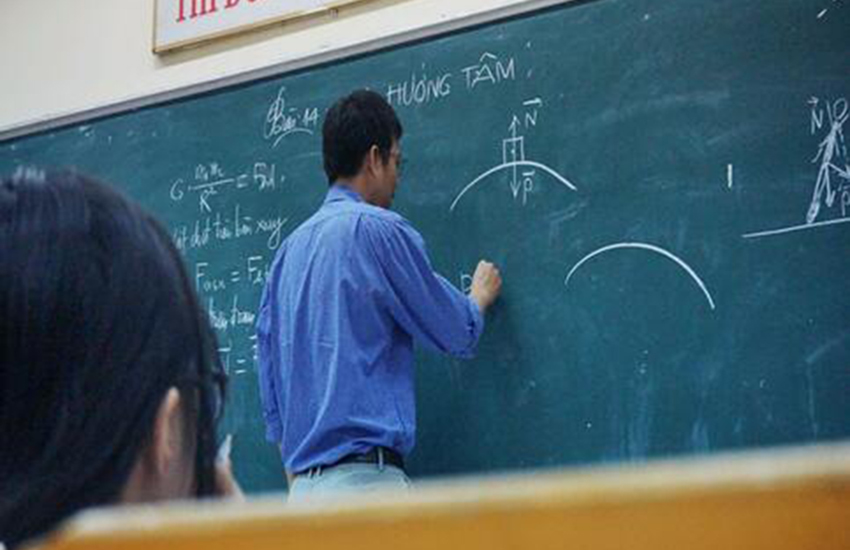Outreach,Exposure & International Exchange Program
Outreach, exposure, and international exchange programs are initiatives designed to promote cultural understanding, academic collaboration, and personal development by facilitating interactions between individuals from different countries and backgrounds.
Benefits of Outreach, Exposure, and International Exchange Programs:-
1.Cultural Understanding: Participants gain a broader perspective and appreciation for diverse cultures, traditions, and lifestyles, fostering tolerance and global citizenship.
2.Academic Collaboration: Exchange programs often involve academic institutions, allowing students and scholars to collaborate on research, share knowledge, and develop new ideas.
3.Personal Development: These programs promote personal growth by enhancing communication skills, adaptability, independence, and problem-solving abilities.
4.Career Opportunities: Exposure to international experiences and diverse perspectives can enhance job prospects, especially in today's interconnected global economy.
5.Global Problem Solving: Collaboration and exposure to different approaches, participants can contribute to addressing global challenges i.e. climate change, poverty, and social inequality.
Bus Transportation
Bus transportation in schools is a common means of transporting students to and from their educational institutions. It provides a convenient and safe mode of transportation, particularly for students who live far from the school or do not have access to other transportation options.
Safety: School buses are designed with safety features such as high seat backs, seat belts (where required), and flashing lights. Bus drivers undergo training and follow specific protocols to ensure the safety of students during transit. Additionally, buses are subject to regular maintenance and safety inspections to meet transportation regulations.
Communication: Schools and transportation departments maintain effective communication channels with parents, students, and drivers. This includes sharing important information regarding bus routes, schedules, changes, and any emergency situations. Regular communication ensures that all stakeholders are well-informed and can address concerns or queries related to bus transportation.

AC Smart Classrooms

AC (air-conditioned) classrooms in schools are classrooms equipped with air conditioning systems to provide a comfortable and conducive learning environment for students.
Temperature Control: AC classrooms allow schools to regulate the indoor temperature, ensuring that it remains cool during hot weather conditions or in regions with high temperatures. This helps create a comfortable environment for students, preventing discomfort or heat-related health issues that may affect their concentration and learning abilities.
Teacher and Student Comfort: AC classrooms contribute to the comfort of both teachers and students. Teachers can focus on delivering lessons without being distracted by extreme temperatures, and students can engage in classroom activities without being hindered by discomfort or excessive heat. Comfortable learning spaces can foster a positive classroom atmosphere and promote effective teaching and learning experiences.
Laboratories
Laboratories in schools are dedicated spaces equipped with specialized equipment, materials, and resources for conducting scientific experiments, practical demonstrations, and hands-on learning activities. They play a crucial role in science, technology, engineering, and mathematics (STEM) education. Here are some key aspects related to laboratories in schools:
Purpose: School laboratories serve as practical learning environments where students can apply theoretical knowledge, develop scientific inquiry skills, and gain practical experience in conducting experiments. They provide opportunities for students to observe, analyze, and draw conclusions based on their own investigations, fostering critical thinking and problem-solving abilities.
Safety: Safety is of utmost importance in school laboratories. Adequate safety measures, including safety equipment, procedures, and guidelines, are in place to ensure the well-being of students and staff. This may include safety goggles, lab coats, gloves, fire extinguishers, emergency showers, and proper storage and handling of chemicals and equipment. Trained teachers or lab technicians oversee laboratory activities and provide guidance on safety protocols.
School laboratories provide invaluable opportunities for students to engage in hands-on learning, develop critical thinking skills, and explore the fascinating world of science.

Library

A library in a school is a dedicated space that houses a collection of books, educational resources, and other materials to support the learning and information needs of students and teachers.
Resource Collection: School libraries curate a wide range of resources, including books, textbooks, reference materials, e-books, periodicals, newspapers, audiovisual materials, and digital resources. These resources cover various subjects, genres, and reading levels to cater to the diverse interests and academic needs of students.
Collaboration with Teachers: School libraries collaborate closely with teachers to integrate library resources into the curriculum. Librarians work with teachers to identify materials that align with specific topics or learning objectives, recommend resources, and facilitate information literacy instruction. They may also assist in designing research projects, developing reading lists, and promoting cross-curricular connections.
Technology and Digital Resources: In addition to physical materials, school libraries incorporate technology and digital resources to enhance access and learning opportunities. This may include computer workstations, online databases, e-books, educational software, and internet access. Librarians support students in utilizing technology effectively and navigating digital resources responsibly.